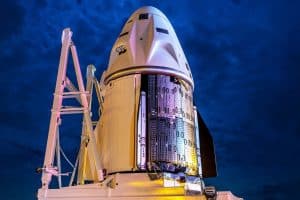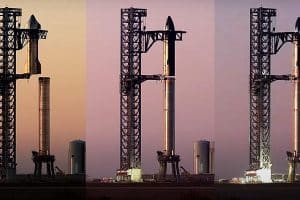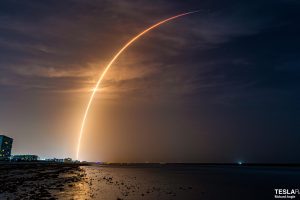NASA says it exercised a contract option to purchase a second crewed Starship Moon landing from SpaceX.
Aside from its general existence, though, very little else is known about the new contract. NASA has yet to discuss when it will launch or which Artemis mission it will be attached to. A step further, it’s not actually clear why two crewed “demonstrations” are needed or what the difference between those two missions is. But more importantly, a broader Artemis Program manifest overview published days later revealed that NASA has plans for a truly unusual gap in crewed Moon landings in the mid-2020s.
Mere days after the announcement, an official NASA schedule showing the agency’s plans for the Moon and Mars over the next ten years explicitly contradicted it, showing only two Starship HLS demonstrations: one uncrewed and one crewed. Assuming that was simply a matter of poor coordination, the graphic reveals another bizarre reality: NASA appears to be explicitly planning for a three-year gap between SpaceX’s first crewed Starship landing in 2025 and the next crewed Moon landing, which the graphic suggested might occur in 2028.
Every single crewed Apollo Program mission to the Moon – including one aborted circumlunar mission, two missions to lunar orbit, and six successful landings – happened in less than four years. As published, NASA’s current Artemis plan would be akin to completing Apollo 11 – the first crewed Moon landing – in 1969 and then sitting around and waiting until 1972 for the next landing attempt. It’s difficult to properly convey just how bizarre such a huge gap would be.
There are only two obvious possible explanations. First, NASA might prefer a multi-year delay between crewed Moon landings to building and launching another SLS Block 1 rocket, in which case the three-year landing gap is explicitly the fault of years of SLS Block 1B delays – specifically NASA and Boeing’s work on the rocket’s larger Exploration Upper Stage (EUS). Second, it could be the case that NASA and/or SpaceX expects Starship’s first crewed landing to be delayed by one or several years. In 2018, SLS Block 1B was expected to debut as early as 2024. In 2022, NASA now says Block 1B will debut no earlier than 2027, while the last Block 1 launch is NET 2025.
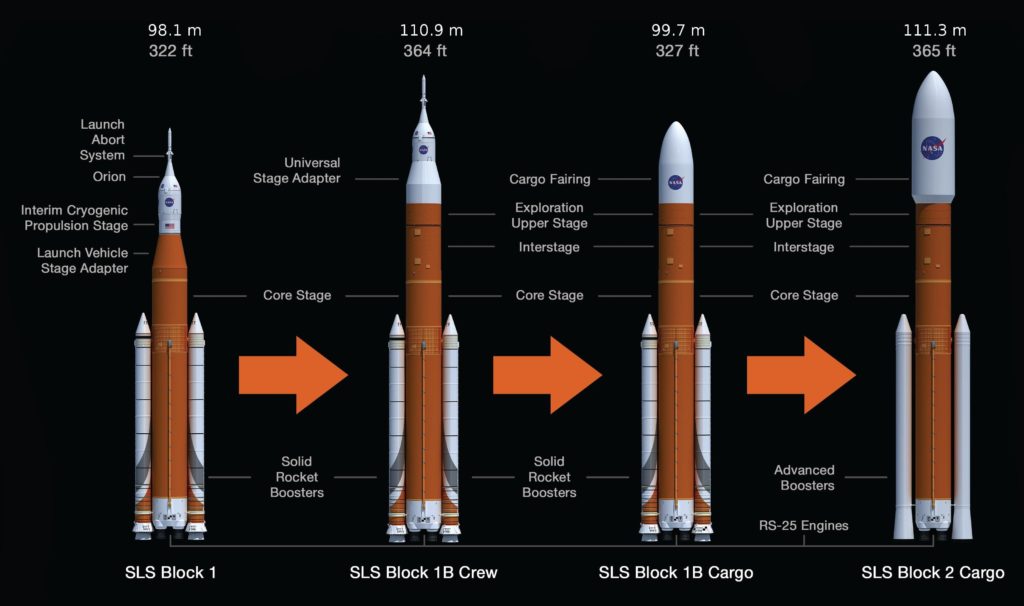
The first explanation is arguably much likelier given that structuring schedules based on the assumption of delays would make very little logistical sense. If SpaceX were to be ready on or close to the original schedule, that would leave NASA’s Moon landing program sitting on its hands for a third of a decade. In an alternative scenario, if NASA was planning to take full advantage of every year it has and SpaceX’s Starship demonstration was still delayed, the space agency would simply end up with more SLS and Orion hardware on hand than it planned for – only a problem if the rocket is literally incapable of launching more than once every year or two. There are few conceivable scenarios where having a mission waiting on a rocket would be preferable to having a rocket waiting for a mission
In other words, NASA probably doesn’t want to plan for a three-year gap between crewed Moon landings. Rather, the anchor NASA has chained the Artemis Program to – SLS and Orion – is likely giving it no choice in the matter. Worse, if SLS Block 1B and EUS development are as poorly managed as SLS Block 1, it’s possible – if not likely – that Artemis IV and V will slip another year or two. As a result, even in the likely scenario that SpaceX’s crewed HLS demonstration runs into a year or so of delays, there could still be a three or even four-year gap between crewed NASA Moon landings right when the program should be getting up to speed.
SpaceX, meanwhile, is privately developing Starship with the ultimate intent of landing humans on Mars. Without NASA’s interest and support, the Moon is a distraction from SpaceX’s real goals. Additionally, through NASA’s Human Landing System (HLS) program, SpaceX will be providing Starship as a service, meaning that the company will retain full rights to and ownership of any system that results. Put simply, there’s a real possibility that NASA’s seemingly extraordinary lack of motivation will create a scenario in which SpaceX could outgrow the space agency’s usefulness in the mid-2020s.
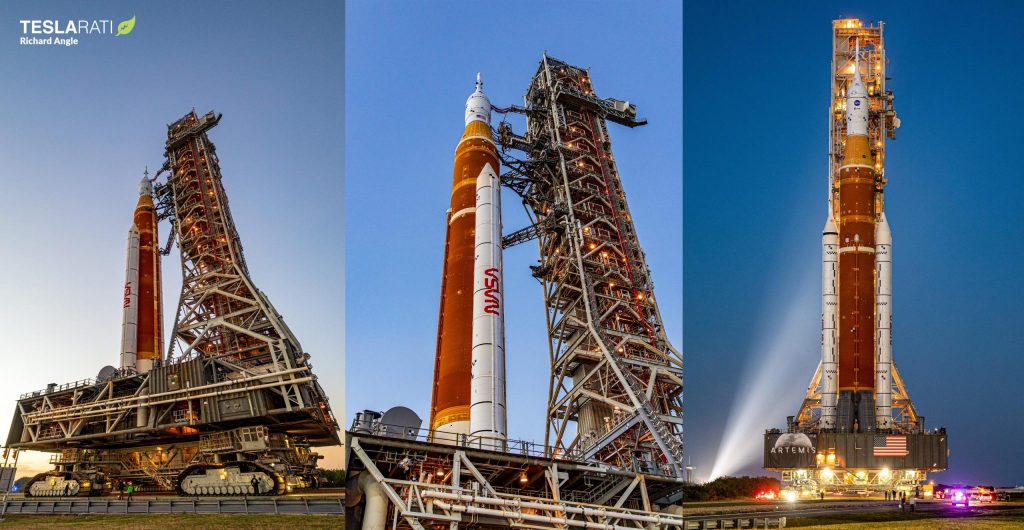
If, for example, SpaceX privately human-rates Starship for launches and entry, descent, and landing; it could use the Starship HLS lander it’s developed with NASA to land its own astronauts on the Moon without the need for SLS, Orion, or NASA. Given that the full extent of NASA’s Artemis Program ambitions appears to be one Moon landing per year, there would be plenty of room for SpaceX to perform multiple additional landings independent of NASA while the space agency’s contractors struggle to build and launch a single SLS rocket in the same time-frame.
Given the political power behind the SLS/Orion programs, it’s not clear if NASA will ever be willing or able to publicly support or take advantage of that logical and likely inevitable maturation of SpaceX’s Starship HLS capabilities. A crewed Moon mission – and especially a crewed Starship landing – successfully completed without the need for SLS or Orion could put NASA’s unsustainable rocket and spacecraft in a very uncomfortable position. Already, the HLS program has relegated SLS/Orion to the role of an Earth-Moon taxi service that just so happens to cost more than $4 billion per launch.
Above all else, uncertainty continues to reign over NASA’s longer-term human spaceflight plans – helped in no small part by the space agency’s lack of any obvious overarching strategy. NASA officials may religiously repeat phrases about how the Artemis Program aims to “sustainably” return humans to the Moon and pave the way to landing astronauts on Mars, but that doesn’t change the fact that the agency’s tangible, funded plans show virtually no evidence of serious preparations for either goal. Only time will tell where that rudderless ship ends up.



